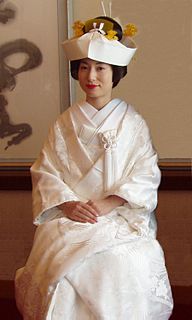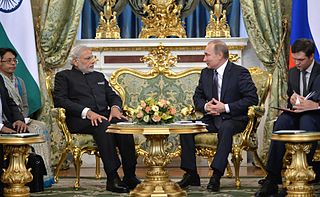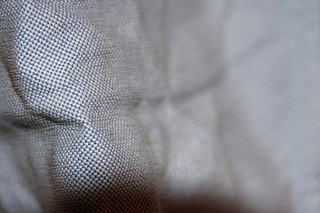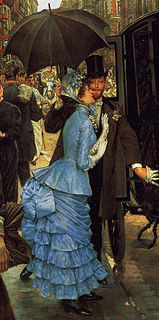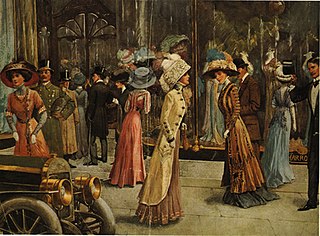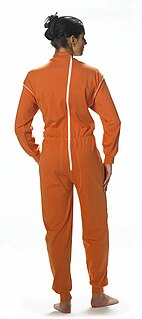This article needs additional citations for verification .(January 2014) (Learn how and when to remove this template message) |




Collar stays, collar sticks, bones, knuckles, collar tabs (in the UK), collar stiffeners, and collar stiffs (in Eastern Canada) are shirt accessories.

The United Kingdom, officially the United Kingdom of Great Britain and Northern Ireland but more commonly known as the UK or Britain, is a sovereign country lying off the north-western coast of the European mainland. The United Kingdom includes the island of Great Britain, the north-eastern part of the island of Ireland and many smaller islands. Northern Ireland is the only part of the United Kingdom that shares a land border with another sovereign state—the Republic of Ireland. Apart from this land border, the United Kingdom is surrounded by the Atlantic Ocean, with the North Sea to the east, the English Channel to the south and the Celtic Sea to the south-west, giving it the 12th-longest coastline in the world. The Irish Sea lies between Great Britain and Ireland. With an area of 242,500 square kilometres (93,600 sq mi), the United Kingdom is the 78th-largest sovereign state in the world. It is also the 22nd-most populous country, with an estimated 66.0 million inhabitants in 2017.

A shirt is a cloth garment for the upper body.
Collar stays are smooth, rigid strips of metal (such as brass, stainless steel, or sterling silver), horn, baleen, mother of pearl, or plastic, rounded at one end and pointed at the other, inserted into specially made pockets on the underside of a shirt collar to stabilize the collar's points. The stays ensure that the collar lies flat against the collarbone, looking crisp and remaining in the correct place. Often shirts come with plastic stays which may eventually need to be replaced if they bend; metal replacements do not have this problem. [1]

A metal is a material that, when freshly prepared, polished, or fractured, shows a lustrous appearance, and conducts electricity and heat relatively well. Metals are typically malleable or ductile. A metal may be a chemical element such as iron, or an alloy such as stainless steel.
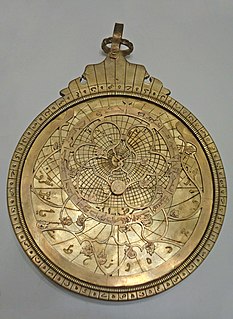
Brass is an alloy of copper and zinc, in proportions which can be varied to achieve varying mechanical and electrical properties. It is a substitutional alloy: atoms of the two constituents may replace each other within the same crystal structure. In contrast, bronze is an alloy of copper and tin.

In metallurgy, stainless steel, also known as inox steel or inox from French inoxydable (inoxidizable), is a steel alloy, with highest percentage contents of iron, chromium, and nickel, with a minimum of 10.5% chromium content by mass and a maximum of 1.2% carbon by mass.
Collar stays can be found in haberdashers, fabric- and sewing-supply stores and men's clothing stores. They are manufactured in multiple lengths to fit varying collar designs, or may be designed with a means to adjust the length of the collar stay. [2]

A haberdasher is a person who sells small articles for sewing, such as buttons, ribbons and zippers, or a men's outfitter, often providing one of custom bespoke orders of various requirements, in particular ties. The sewing articles are called haberdashery, or "notions".
There are also some brands that manufacture metallic collar stays with a magnet for keeping the collar straight and stiff. [3]
A specific collar stay discreetly adds a button hook on one end, to help fasten tiny buttons on dress shirts; e.g. placket, cuffs or button down collars.
Collar stays are removed from shirts before dry cleaning or pressing, as they could damage the shirt in the process, and then are replaced prior to wearing. Shirts that are press ironed with the collar stays are vulnerable to damage, as this results in a telltale impression of the collar stay in the fabric of the collar. Some shirts have stays which are sewn into the collar and are not removable.
